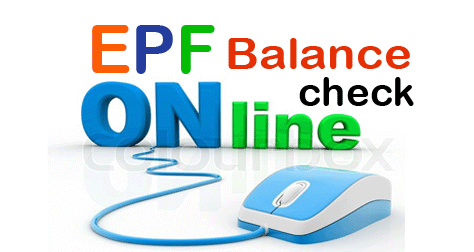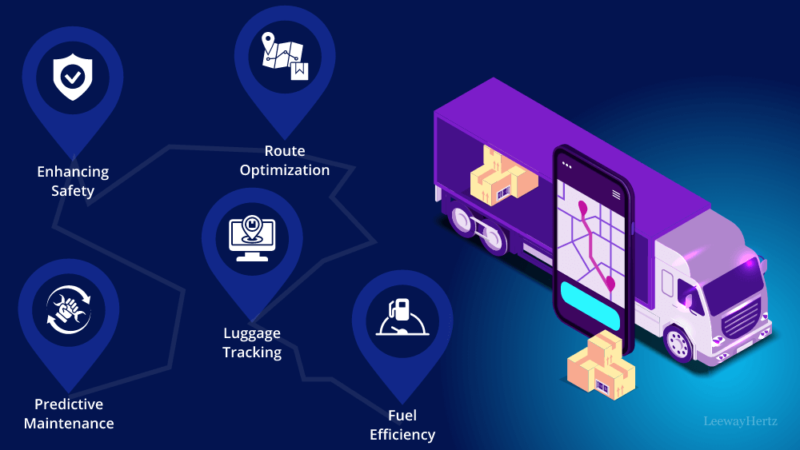EPF Withdrawal Rules And Tax Implications

Employee’s Provident Fund (EPF) is a benefit offered to an employee which they can enjoy after their retirement. It is a scheme which is managed by the Central Government to provide financial security to the employee after their retirement. Provident Fund is a part of an employee’s salary structure, and in this, a certain amount is deducted from the employee’s salary and is added to the provident fund account every month. The same amount of contribution is made by the employer as well and as again added to the employee’s provident fund account. But if you are planning to withdraw your provident fund any sooner, then you must know the rules for the same. So here we have EPF Withdrawal Rules and Tax Implications.
Withdrawal Rules And Tax Implications
Mentioned below are the major withdrawal rules and tax implications on the provident fund that you must be aware of if you are planning to do so:
No Tax On Withdrawal After Five Years Of Continuous Service
If you have been working for a company for a continuous period of five years, no tax applies to your withdrawal amount. Earlier, this law was restricted only to withdrawal after the retirement, but now anyone can withdraw their funds anytime. If you have a record service of continuous five or more years, then you can enjoy tax-free withdrawal.
Also, if an employee is terminated from the company due to any reason which is beyond his or her control like medical illness or company’s discontinuous performance, then also the employee can enjoy the tax-free withdrawal irrespective of the years of service.
Withdrawal Below Five Years Is Taxable
If an employee is making any withdrawal below a service of five years, then the amount is taxable. The tax is applicable in the same financial year when the fund is withdrawn, and it has to be shown in your income tax return at the time of next year assessment. The employer’s contribution and the interest both are added to your contribution, and thus the tax is applied accordingly. Although if you claim the benefits on your EPF contribution, then the tax is applied to your salary. The overall interest that you will earn on your contribution will be considered as an income from other sources, and the tax is applied to it as well accordingly.
A PAN Card Is A Savage
Since you are making a withdrawal before the completion of five years, therefore you are liable to pay tax. But here, PAN card is there for the rescue. If you have submitted PAN to the EPFO authorities, then you are liable to pay 10% TDS. While if in case you have not submitted the PAN then a TDS of 34.6% is deducted when you withdraw the fund before five years.
Full Withdrawal Can Be Done Only If Unemployed For Two Months
According to the current rules, an employee can only withdraw 75% of the amount after quitting a job. And this 75% can only be withdrawn after one month of quitting the job, and the rest 25% can be taken out if you are unemployed for two months. Earlier this rule was only restricted to the employees who got retired since the withdrawal was not allowed before the age of 58 years. But now the rule has been changed, and you can withdraw your EPF anytime but only 75% in case you are employed.
Additional Reading:- 5 things every salaried person should know about EPF




